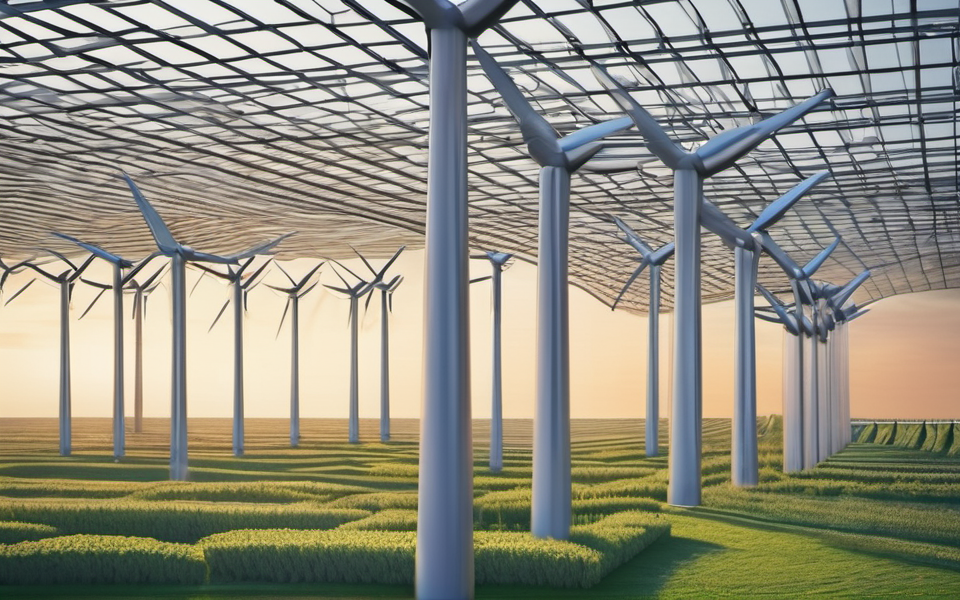Imagine a world powered by the sun, the wind, and the earth itself. A future where energy is clean, abundant, and accessible to all. Sounds like a utopia, right? Well, it’s not just a dream, it’s the future we’re building right now. The global transition to renewable energy sources is underway, and it’s moving faster than you think.
But, the road to a sustainable energy future isn’t paved with sunshine and rainbows. We face complex challenges, like navigating regulatory frameworks and understanding volatile market trends. So, buckle up and let’s dive into the exciting world of renewable energy regulation and market dynamics, uncovering the forces shaping our energy future.
The Rise of Renewable Energy: A Global Phenomenon
The world is waking up to the urgency of combating climate change. Governments, businesses, and individuals are increasingly adopting renewable energy solutions, pushing a dramatic shift away from fossil fuels. Renewable energy investment is booming, with solar, wind, and hydroelectric power leading the charge.
This global transformation is driven by multiple factors:
- The cost of renewable energy is plummeting. In many regions, solar and wind energy are now the cheapest form of electricity generation, outcompeting fossil fuels. This affordability is driving widespread adoption.
- Governments are enacting ambitious policies to promote renewable energy. These policies include subsidies, tax incentives, and renewable portfolio standards (RPS), all aiming to encourage the deployment of renewable energy technologies. Renewable energy policy plays a crucial role in stimulating investment and accelerating the transition.
- Consumers are demanding sustainable solutions. Businesses and individuals are increasingly conscious of their environmental impact and choosing renewable energy suppliers whenever possible. This consumer pressure is pushing companies and policymakers to prioritize renewable energy solutions.
Regulatory Landscapes: A Complex and Evolving Terrain
The path to a sustainable energy system requires navigating a complex maze of regulations. The regulatory landscape for renewable energy varies significantly from country to country, presenting both opportunities and challenges.
1. Grid Integration Challenges
One of the biggest hurdles in renewable energy development is grid integration. Solar and wind power generation are often intermittent, meaning they don’t produce electricity constantly. To effectively integrate them into the existing grid, sophisticated technologies are needed to balance supply and demand, like energy storage and smart grids.
2. Permitting and Land Use: Navigating the Regulatory Maze
Obtaining permits for renewable energy projects can be time-consuming and complex. Land use regulations, environmental impact assessments, and public hearings often contribute to delays in project approval. This is particularly relevant in developing countries where legal and regulatory frameworks may not be fully established for renewable energy projects.
3. Balancing Renewable Energy with Energy Security
In some regions, transitioning away from fossil fuels may raise concerns about energy security. Renewable energy policies must strike a balance between promoting sustainable energy sources and ensuring reliable access to power.
Understanding Market Trends: Unlocking Future Opportunities
The renewable energy market is rapidly evolving, presenting new opportunities for investors, businesses, and consumers alike. Several key trends are shaping the future:
1. Distributed Generation: Powering the People
The rise of distributed generation, where individuals or communities generate their own electricity using small-scale solar or wind power systems, is transforming the traditional power system.
- This allows individuals and businesses to take control of their energy supply, reducing their dependence on centralized grids.
- Energy efficiency initiatives and energy management solutions are becoming increasingly popular.
2. The Rise of Hybrid Energy Systems: Synergy for Sustainability
Combining multiple renewable energy sources creates synergy and resilience.
- Hybrid renewable energy systems are becoming increasingly popular. These systems integrate technologies like solar and wind power with energy storage solutions, providing greater reliability and efficiency.
- They can cater to diverse energy needs, reducing reliance on fossil fuels in both developed and developing nations.
3. Digitalization and Big Data: Enabling Intelligent Grids
Digital technologies like smart grids, artificial intelligence (AI), and data analytics are transforming how we manage energy resources.
- This is enabling smarter, more efficient operation of renewable energy systems, while enhancing grid reliability and cybersecurity.
- Data analytics are crucial for renewable energy forecasting and efficient deployment of resources, ensuring optimized energy production and consumption.
Key Takeaways: Shaping a Sustainable Energy Future
The global transition to a sustainable energy future is complex but brimming with potential. It involves navigating regulations, embracing innovation, and understanding evolving market trends.
- Renewable energy technologies are advancing rapidly, making cleaner energy options more affordable and efficient than ever before.
- The increasing awareness of climate change is driving global policies and initiatives, fostering investment in renewable energy development.
- By understanding the complexities of regulation and staying informed about market trends, we can leverage opportunities and navigate the challenges in creating a truly sustainable energy future for all.




